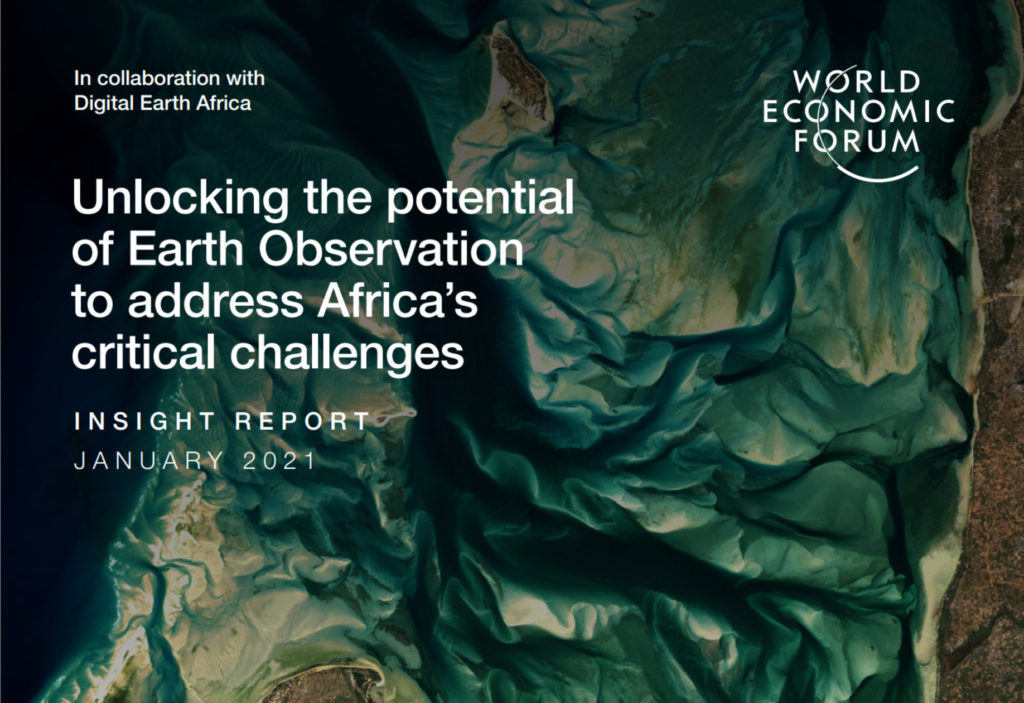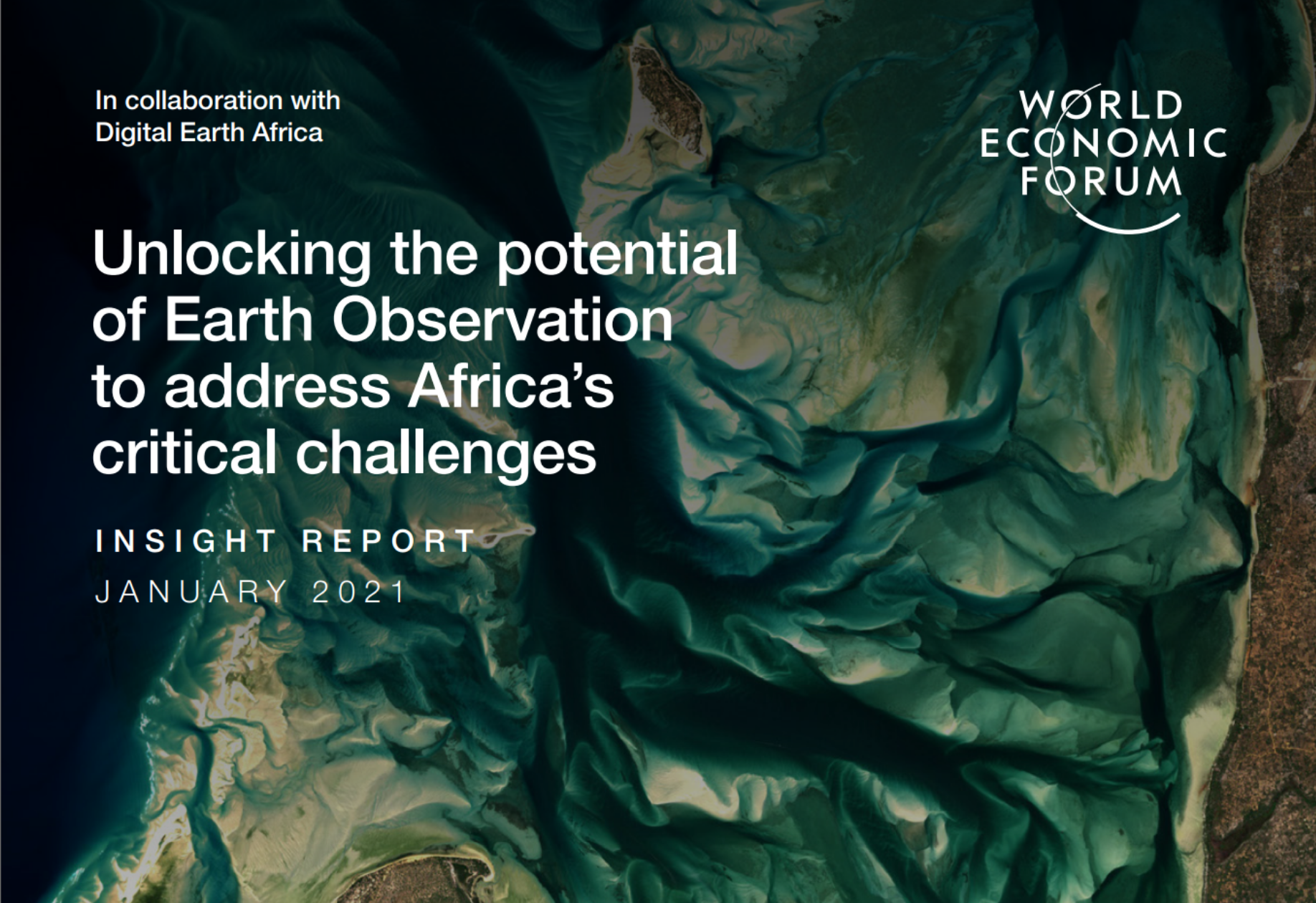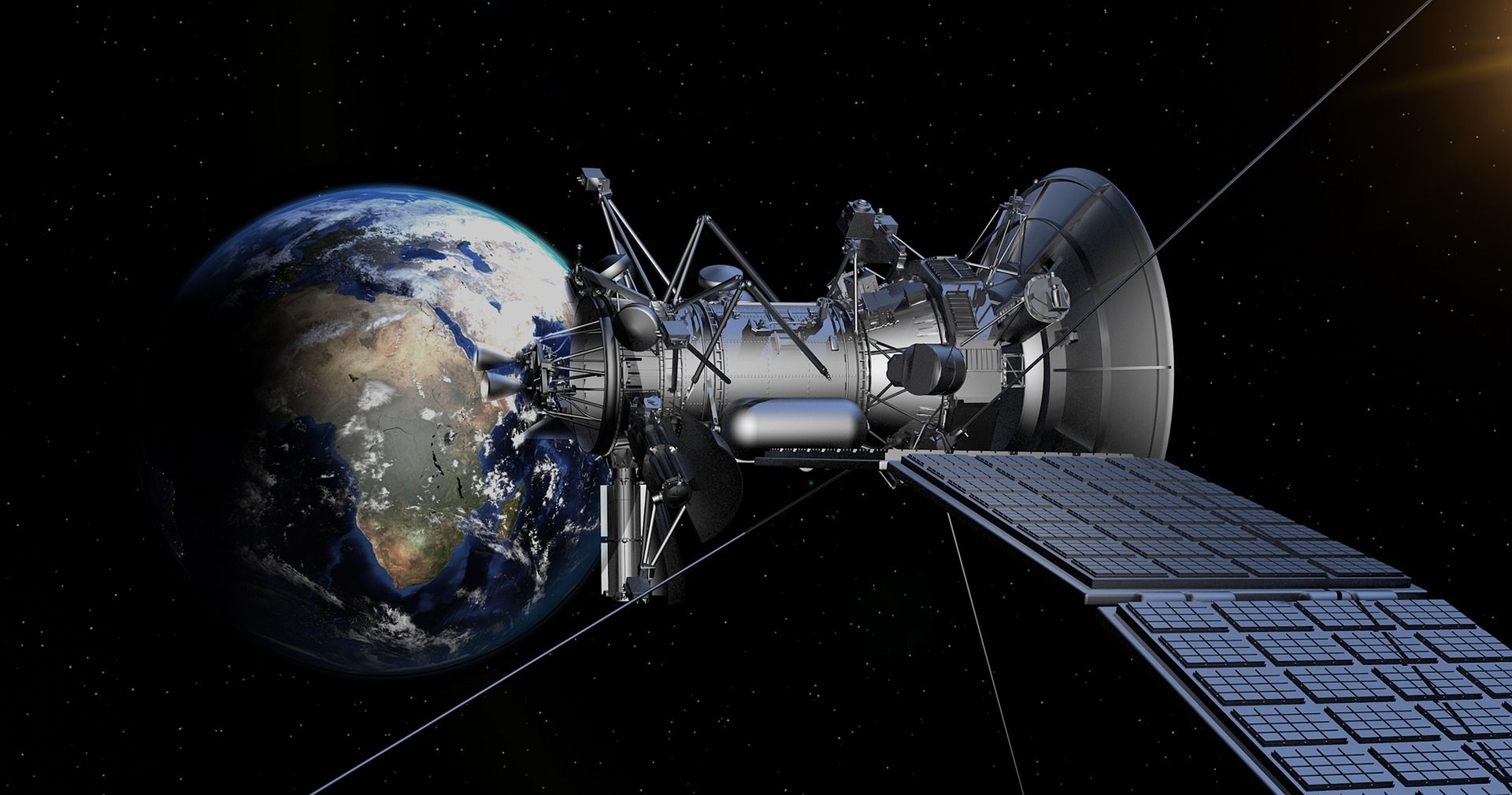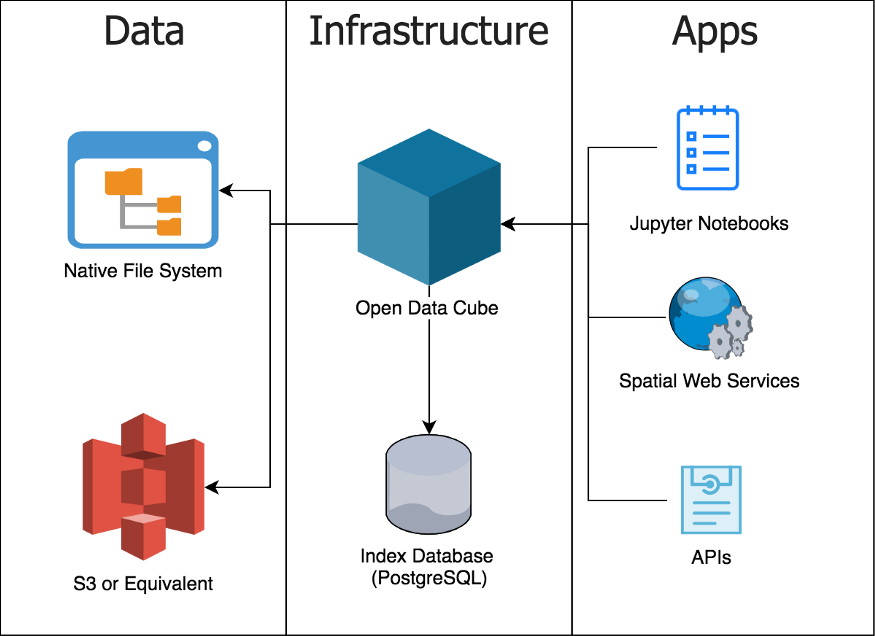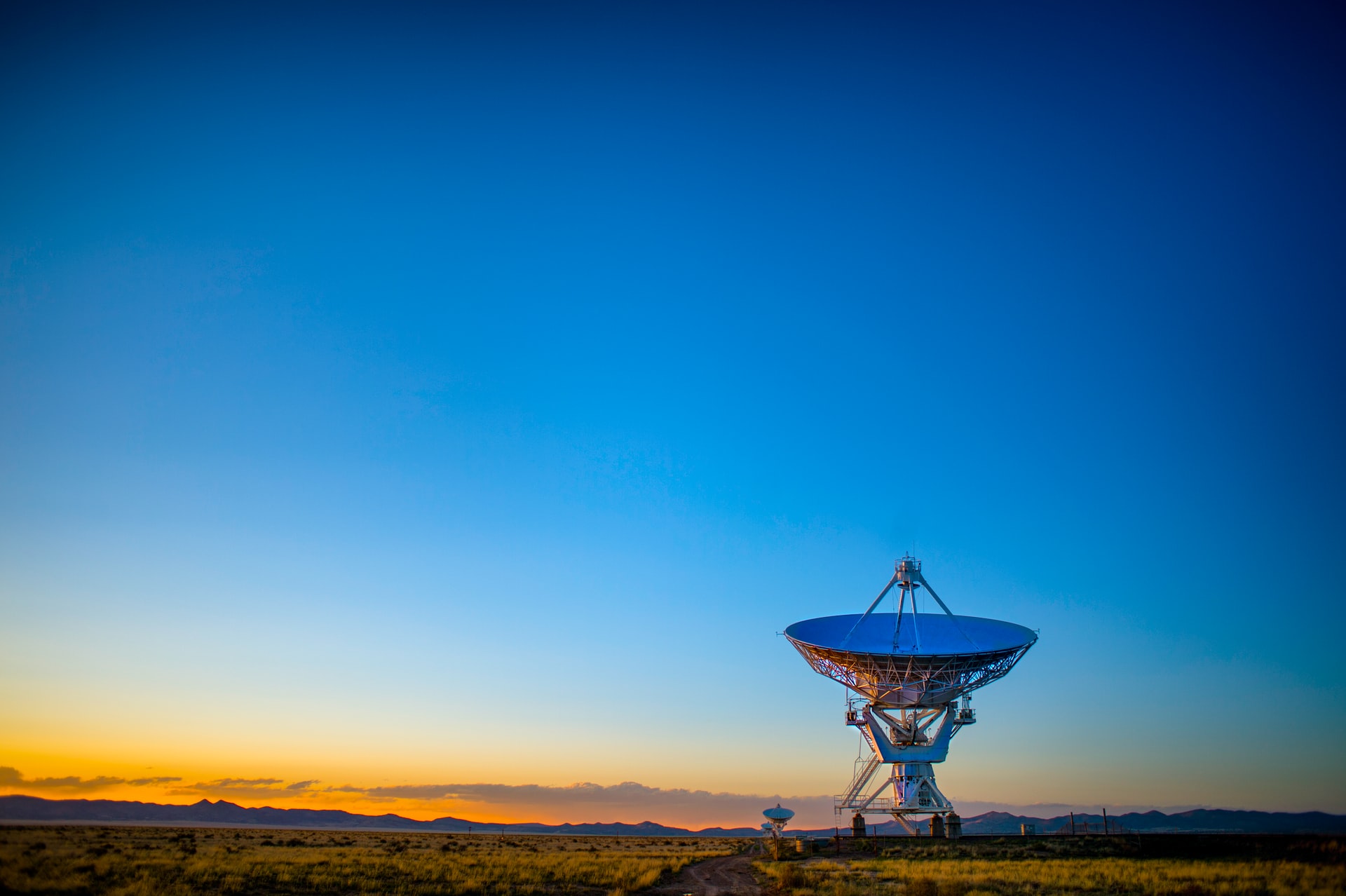
LiveEO conducts revolutionary analysis based on satellite data on a continent-scale

Recently, the Berlin-based space company LiveEO published the results of an amazing study: They analysed the entire U.S. electrical transmission grid based on satellite data to detect vegetation encroachment from space. The results reveal exciting insights about the vegetation condition alongside nearly 574,000 miles of overhead lines.
Besides the sole detection of vegetation, the study aimed to identify regions with a higher-than-average vegetation exposure and lays the baseline for high-resolution analysis of these areas.
Vegetation management is one of the biggest challenges and operational cost factors for utility companies in maintaining their assets, causing up to 56% of externally triggered power interruptions. In the United States alone, approximately US$6 billion is spent on vegetation maintenance by utility companies annually.
LiveEO’s extraordinary analysis is based on publicly available geospatial data from the U.S. transmission network and imagery from the Sentinel-2 mission from the Copernicus program of the European Commission and the European Space Agency. In total, LiveEO evaluated the area around 573,323 miles of power lines based on space-borne data processed on servers in the United States to determine the length of power lines threatened by vegetation. More than 1.7 million square miles (~45% of the total continental U.S. area) of imagery have been processed by LiveEO, equivalent to approximately 15,000 scenes of satellite imagery.
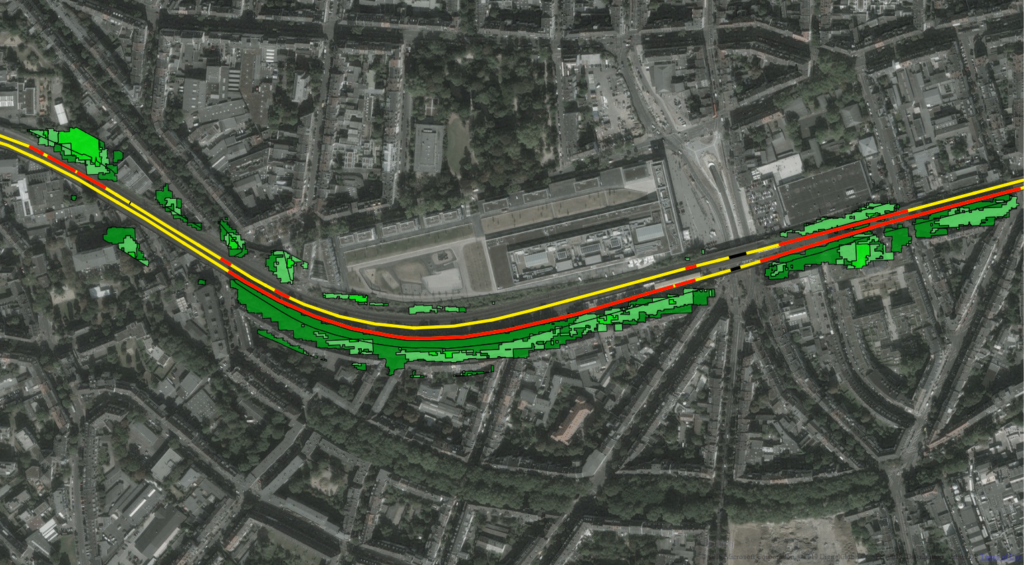
“The scale combined with the detail of the analysis represents a milestone in satellite data analytics for utility companies and proves that satellite data represents a viable alternative for vegetation management to Lidar or foot patrols.” says LiveEO Co-Founder Daniel Seidel. “Additionally, these insights can be made actionable directly via our toolset of mobile and web apps, and API integrations to improve workforce efficiency in the field and to realize OPEX saving.” adds LiveEO Co-Founder Sven Przywarra.
LiveEO found that a total of roughly 50% of the United States transmission network, equalling 291,000 miles, is exposed to vegetation closer than 90 feet. More specifically, they identified 166,000 miles that contained vegetation in a 30 ft. vicinity.
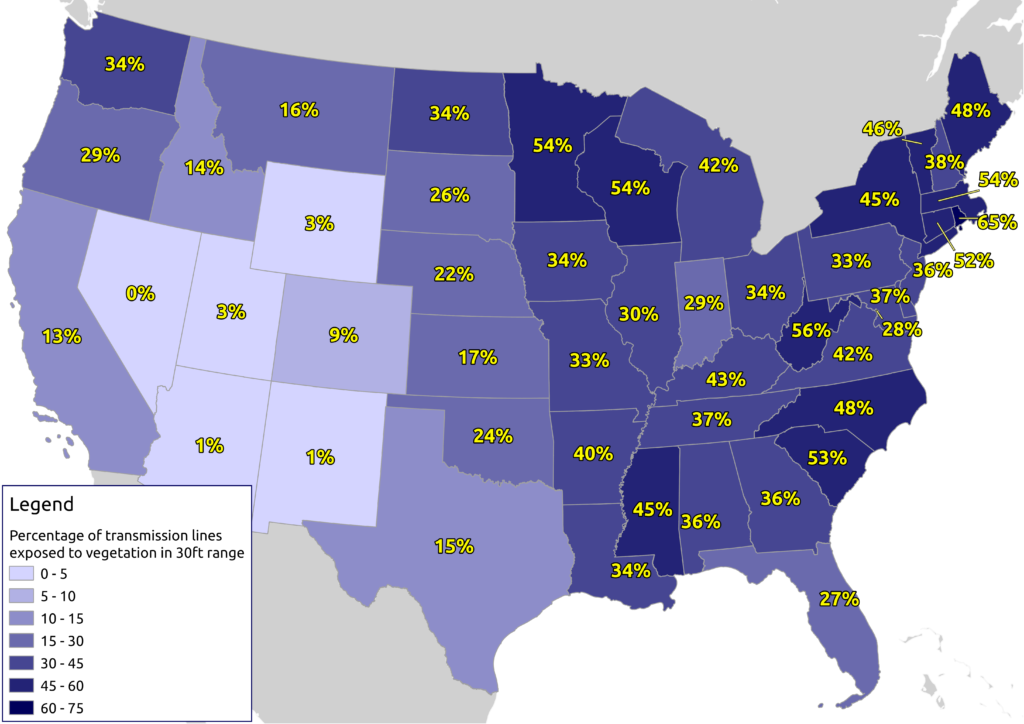
With this study’s help, utility companies get an initial overview of the vegetation condition alongside their assets. In addition to this large scale analysis LiveEO is highly experienced in the extremely accurate and efficient investigation of vegetation height, condition, and species detection alongside electrical transmission and distribution lines, railways and other infrastructure grids:
Height and health of vegetation for example improve the risk assessment of vegetation near overhead power lines enabling an extended cycle trimming that takes into account how tall the trees and shrubs are, whether they are healthy or diseased, and also at what distance they grow from the grid. It also allows hazard trees to be correctly identified and removed, helping in storm and hurricane safety.
Overall LiveEO’s solution allows utilities to improve their UVM (utility vegetation management process) to increase grid reliability, safety and to save up to 35% of operational vegetation management cost.
Another use case for satellite-based vegetation analysis is the identification of fire-prone areas near power lines. In addition to dry conditions and exceptional heat, growing near power lines cause wildfires.
LiveEO is already helping utilities identify fire-prone areas and conduct highly accurate post-wildfire inspections for rapid restoration activities.
With a wide range of utility and infrastructure customers in North America, Europe, and Australia, LiveEO has demonstrated its capabilities in numerous pilot projects and large-scale deployments on an entire countries’ scale.
To strengthen contact with its customers through physical presence, LiveEO opened an office branch on the East Coast of the U.S. in late 2020.
More information about LiveEO’s analysis can be found on their website. LiveEO offers infrastructure customers a free sample analysis of their network.
Did you like the article? Read more and subscribe to our monthly newsletter!





